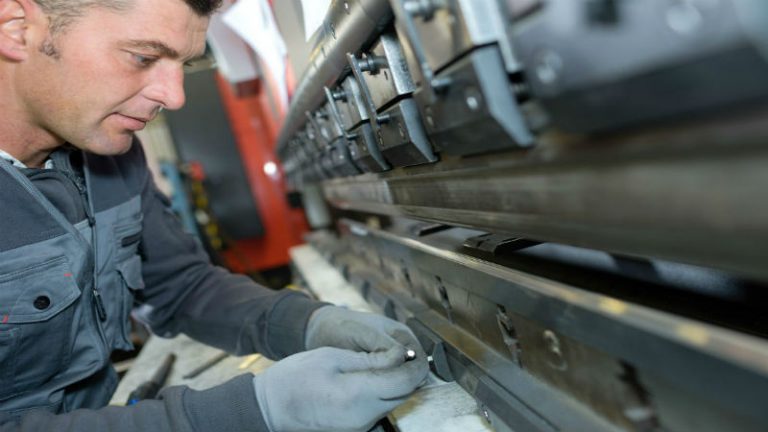One of the challenges that OEMs face in any type of industry is the demand to create higher quality products at lower overall prices. For automotive and equipment manufacturers, as well as those making aftermarket parts and components, finding ways to cut down on the cost of production of complex and simple parts is an ongoing process.
For parts that are used in automotive production, robotics, automation, and in the manufacturing of equipment and systems, metal on metal contact is a problem. Metal to metal contact between different parts increases wear and tear, causes noises, contributes to problems with vibration, increases the risk of electrical current transmission, and even increases friction.
The Rubber to Metal Bonding Solution
A way to avoid this is to choose rubber to metal bonding processes. This eliminates one step in the assembly of the system by eliminating the need for separate seals and gaskets. With the rubber applied directly to the metal, there is also more precise positioning of the rubber component, eliminating waste and increasing the sound, vibration, shock, and friction that occurs when gaskets and seals shift or are incorrectly positioned.
The choice of the specific rubber to metal bonding allows for the prep of the metal surface, including plating, and then he application of the correct adhesive. The rubber component is then applied and cured, providing a complete bonded surface that locks the rubber to the metal for a durable, long-lasting bond.
